Late blooming azalea?
stuart_2008
15 years ago
Related Stories
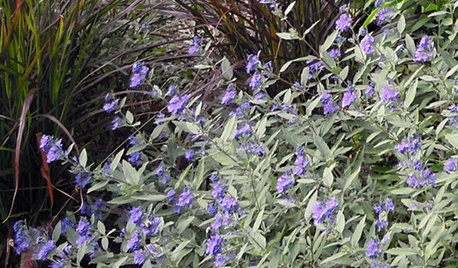
SHRUBS5 Glorious Late-Season Shrubs
Spilling over with berries or bursting with blooms, these stunning underused shrubs keep the garden party going through fall
Full Story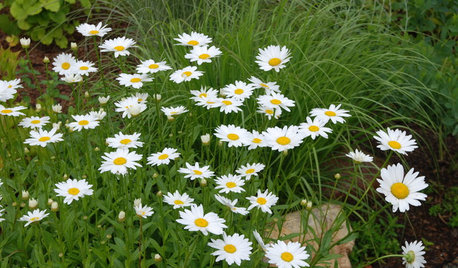
FLOWERSBest Cutting-Garden Beauties for Late Summer
Pick blooms bursting with color or in classic white for bouquets to give away or keep all to yourself
Full Story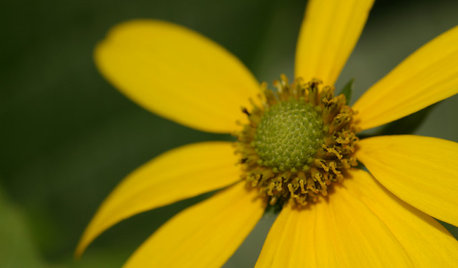
FLOWERS AND PLANTSRudbeckia Laciniata Enlivens Late-Season Shady and Sunny Sites
Give long-blooming, towering cutleaf coneflower room to spread in U.S. gardens for maximum rewards
Full Story
GARDENING GUIDESTop 12 Summer-Blooming Perennials for Deer-Resistant Drama
Can you have garden color, fragrance and exciting foliage with hungry deer afoot? These beauties say yes
Full Story
GARDENING GUIDESHow to Prune Your Flowering Shrubs for the Best Blooms
Less is often more when it comes to properly pruning flowering shrubs. Here’s what to do and why
Full Story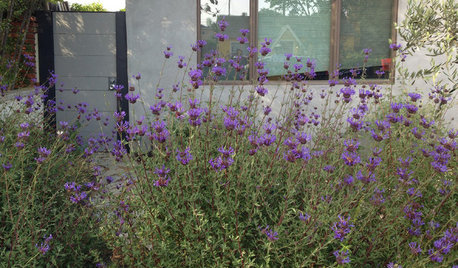
GARDENING GUIDES10 Late-Winter and Early-Spring Bloomers for the West
Tired of waiting for spring to arrive? Try these drought-tolerant, flowering plants for color that starts in late winter
Full Story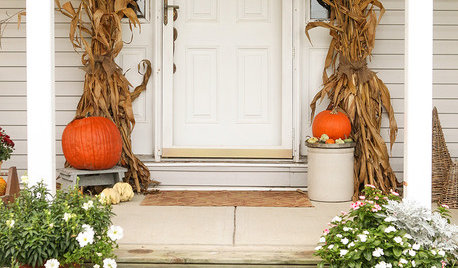
FALL AND THANKSGIVINGIt's Not Too Late to Decorate: Minimalist Fall Decor
No need to go all-out with autumn decorations. Nod to the season with just a few well-placed pumpkins and flowers
Full Story
HOUSEPLANTSGet Spring-Like Hyacinth Blooms All Winter Long
Try one of these forcing methods for cheery, colorful flowers to brighten wintry days
Full Story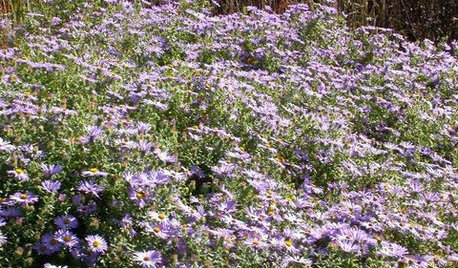
GARDENING FOR BUTTERFLIESGreat Design Plant: Aromatic Aster Keeps on Blooming
Tough as nails, drought loving, a deep fall bloomer ... this aster is a champ in sunny gardens
Full Story
GARDENING GUIDESGreat Design Plant: Amelanchier Signals Spring With Airy White Blooms
With roughly 20 species of serviceberry native to the U.S., bees can feed on the early-season blooms while birds enjoy the summer berries
Full StorySponsored






Iris GW
stuart_2008Original Author
Related Professionals
Danbury Landscape Architects & Landscape Designers · 70037 Landscape Architects & Landscape Designers · Essex Landscape Architects & Landscape Designers · Rancho Cordova Landscape Architects & Landscape Designers · Tempe Landscape Contractors · Biloxi Landscape Contractors · Cambridge Landscape Contractors · Chesapeake Ranch Estates Landscape Contractors · Davidson Landscape Contractors · East Chicago Landscape Contractors · Gaithersburg Landscape Contractors · Point Pleasant Landscape Contractors · The Villages Landscape Contractors · Thornton Landscape Contractors · Ferguson Landscape Contractorsluis_pr
rhodyman
Iris GW
ego45
stuart_2008Original Author
rhodyman
stuart_2008Original Author
Iris GW
rhodyman
stuart_2008Original Author
rhodyman
stuart_2008Original Author
rhodyman
Iris GW
rhodyman
stuart_2008Original Author
stuart_2008Original Author
rhodyman
Iris GW
jeff_al
stuart_2008Original Author
rhodyman
stuart_2008Original Author
rhodyman